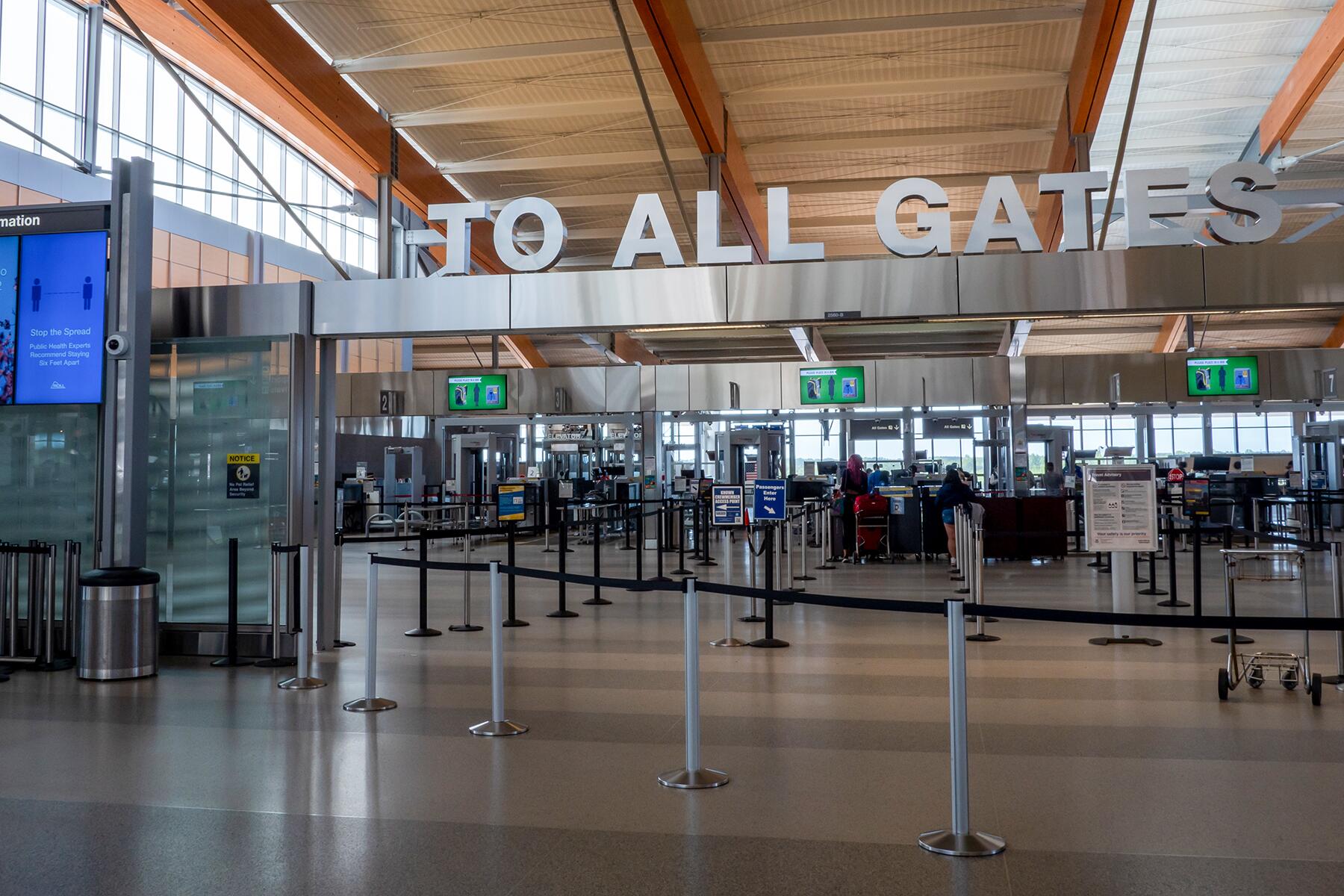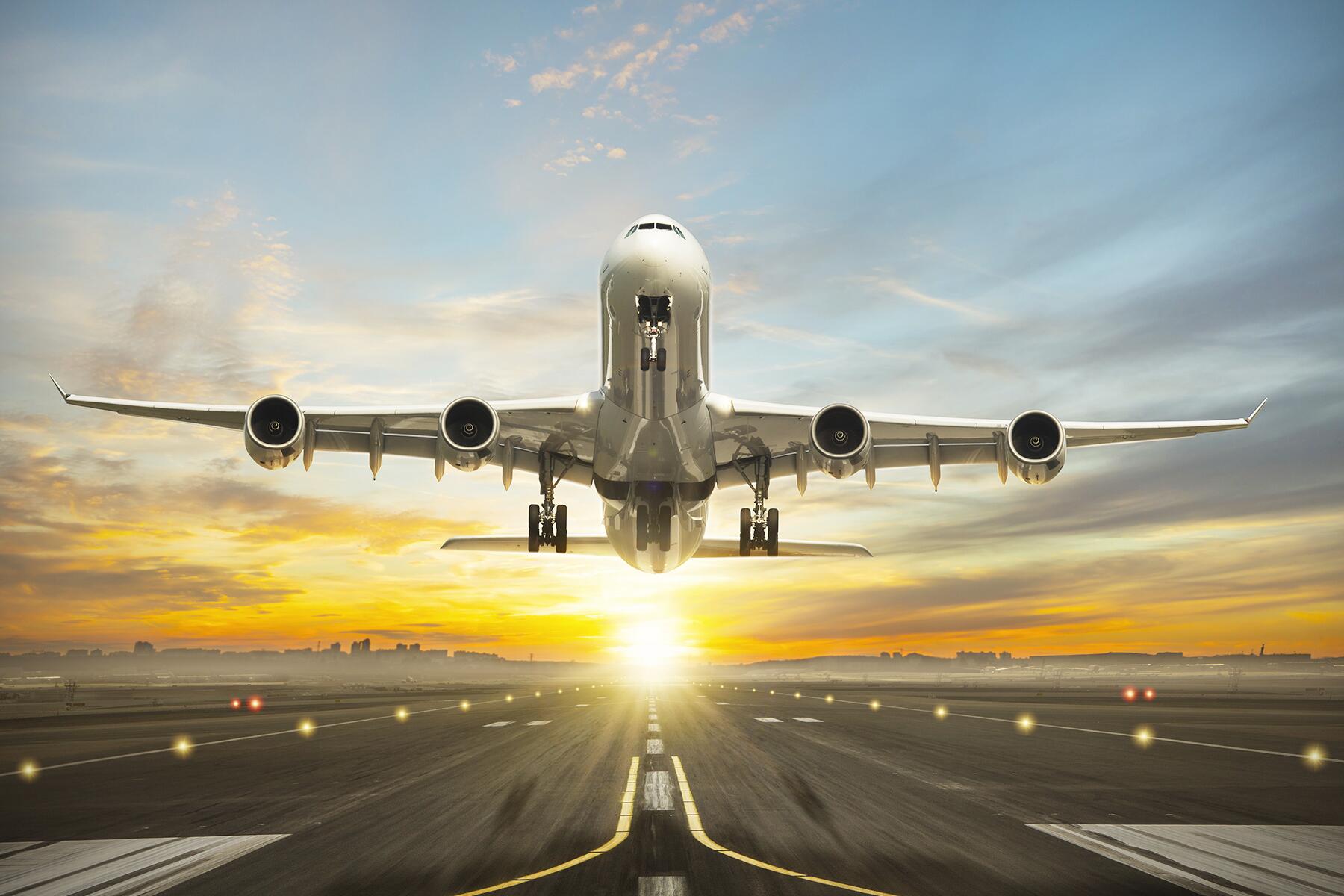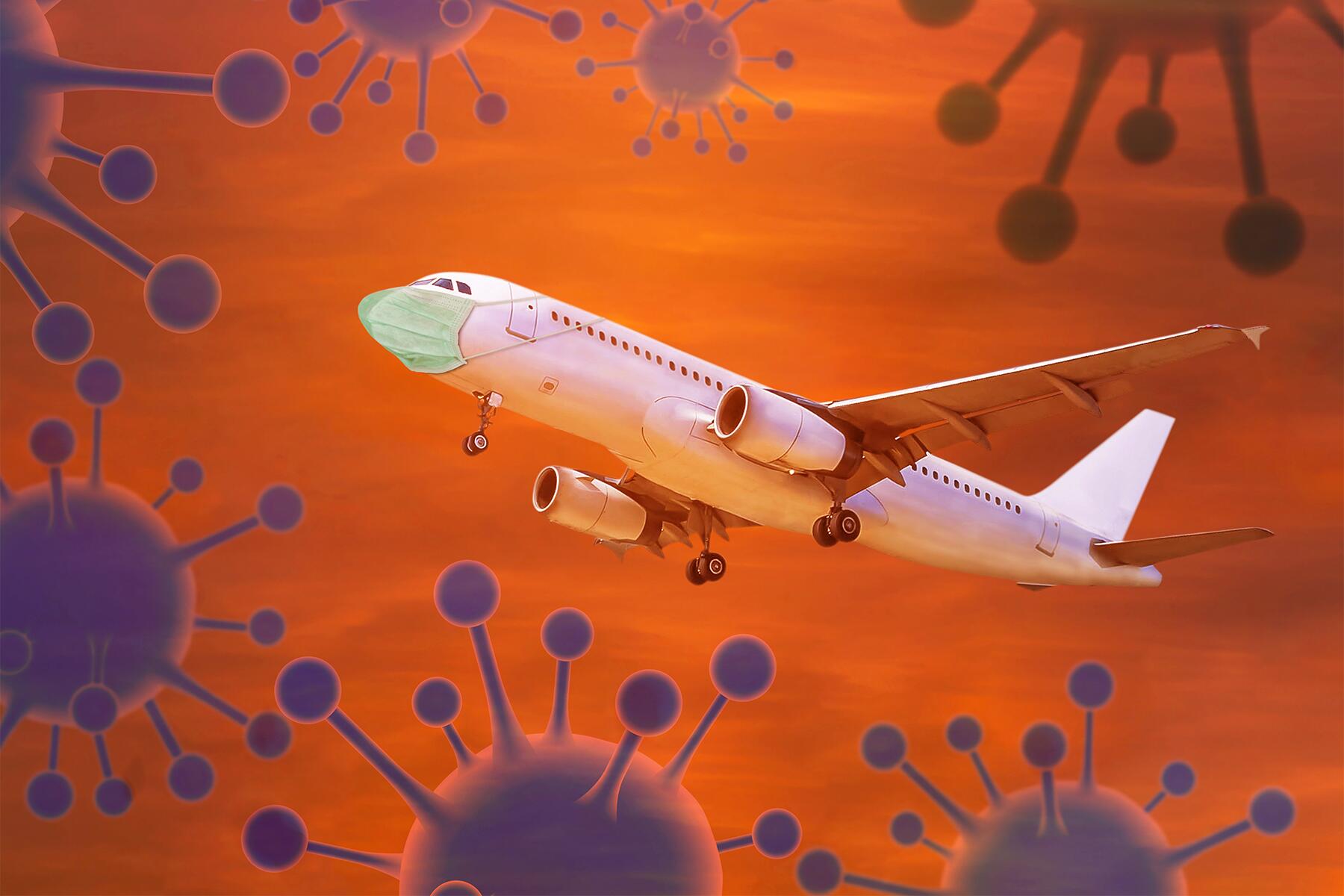Surprisingly, some good things came out of the pandemic when it's come to airline customer service.
Airline customer service has always been one of the most talked-about aspects of travel–travelers constantly blog, tweet, record, and post about their experiences. Whether you’re a frequent, business, or leisure traveler, you’ve inevitably encountered a situation with an airline in which you needed to request some sort of assistance. Prior to the pandemic, the airline industry was in the process of modernizing how to seek company support and working toward making the process easier and faster, but like with everything else, the pandemic changed its course.
Thanks for Bringing That to Our @ttention
Many airlines have installed a social media support team. These employees are hired and tasked with responding to customer support requests solely from Facebook and Twitter. Aside from posting and asking about a lack of buy-on-board food available or the latest fee to be imposed, customers can tweet most airlines about situations that would normally require you to stand in line or sit on hold and get help much quicker. The social media team can assist with everything from canceled and delayed flights, to itinerary and seat changes, refunds, and more. Check your airline’s social profiles for information on how to grab their attention.
Getting in Some FaceTime
During the pandemic, many of us became accustomed to video chats, conferences, interviews, and everything in between. Now airline customer service is also available via remote video. United Airlines introduced the new customer support method while developing ways to reduce person-to-person contact at the height of the pandemic. The service is only available to those customers at an airport seeking assistance, but rather than waiting in a long customer service line, passengers can scan a QR code located on signs around the United gate area to be instantly connected to a customer service representative.
Recommended Fodor’s Video
Many times customer service lines at a given airport are overloaded when weather impacts multiple departures and arrivals. The ensuing extreme wait times can sometimes cause alternate flights or viable alternatives to be missed. However, by being connected to a representative at another location, the airline is able to utilize resources that may not be as impacted by irregular operations to work through the situation and assist customers much quicker.
The Text Flex
Everyone loves to text rather than call these days, and you can now reach most airline customer service representatives via messenger as well. This feature, also born to reduce person-to-person contact, can usually be located in the airline’s app or on their website. Once activated, your conversation usually begins by texting with an automated “assistant” to refine the support needed. After a few quick questions (or just like on the phone, you can usually skip through the menu by typing “representative” or “customer service”), you’ll be connected to a live representative with access to your reservation. Unlike your friends and family, however, there may be delays when responding to your requests as these representatives are usually assisting more than one customer at a time.
Cha-Cha-Cha-Changes, Not Cha-Cha-Cha-Ching
Although this isn’t a medium to connect with someone when you need help, it’s definitely a positive change to emerge from the pandemic: fewer fees. Before March of 2020, virtually every airline charged passengers to make changes to their reservations. If you wanted to change the day, time, or maybe even your departure city, there was a fee for that–on top of any price difference. Now with most U.S. airlines dropping “change fees” it’s easier to make alterations to your trip on the airlines’ website or app without seeking assistance from a customer service representative. This policy update benefits the airline as well by having fewer folks call in for assistance to make changes days or weeks ahead of their planned travel, leaving the available representatives on hand to assist those already on their journey or within 24 hours of departure.
Anything Further We Can Do to Assist You?
Although we’ve seen airlines drop fees, as the economy recovers from COVID-19 and adjusts to current oil prices, we might be looking at the reinstatement of “fuel surcharges,” the likes of which we haven’t seen since the recession of 2007-08. The cost of airline tickets is on the rise as demand increases, and now we may need to plan ahead for extra fees to offset the rising cost of jet fuel.
Additionally, we’ve recently seen the aviation industry managing a staffing shortage. At the start of the pandemic airline employees who were eligible for retirement or who were close to retirement were given incentives to retire sooner than later because of the reduced flight schedules and lack of available work. That has caused a domino effect now that travel has rebounded faster than analysts predicted–leaving airlines across the world looking to hire tens of thousands of employees as quickly as possible. Currently, the aviation industry is lacking full staffing of pilots, flight attendants, and customer service agents, creating delays on the ground, in the air, on the phone, and everywhere in between.
If you encounter a delay, cancellation, or another irregular situation, attempt to solve the issue using the tools above to reduce your own stress and frustration. Now more than ever it’s important to pack your patience, along with your belongings and hand sanitizer for your next trip.



